
US Ambassador to Russia John Huntsman (left) with deputy head of the Rosarchive Andrei Yurasov (right), review the sixteen stolen documents returned to Russia
During a ceremony held on 18th September at Spaso House, the residence of U.S. Ambassador in Moscow, the Russian Foreign Ministry expressed its gratitude to the US Embassy in Russia and US law-enforcement agencies for the return of historic documents, dated from the reign of Tsar Nicholas II (1894-1917) and stolen from Russian archives in the 1990s.
“The documents include sixteen original decrees, signed by Tsar Nicholas II on bestowing the Russian Empire’s state imperial and royal awards of 1905, 1913 and 1914,” the Russian Foreign Ministry said. “We express our gratitude to US law enforcement agencies and the US Embassy in Moscow for their contribution in restoring the historical justice.”
The documents were stolen from the Russian State Historical Archive of St. Petersburg in 1994, and surfaced 10 years later at an auction in the United States. At auction, a single document can sell for $3,000 USD or more.

Stolen decrees bearing the signature of Nicholas II, were returned to Russia on 18th September, during an official ceremony hosted at Spaso House, the residence of U.S. Ambassador in Moscow
In 2014, US Department of Homeland Security received information from the Ministry of Culture of the Russian Federation that documents of historical importance were being sold by a US auction house. After an investigation was held, the documents were found to be genuine.
This is the fifth stolen document transfer ceremony to take place in the past 13 years, thanks to the US Department of Homeland Security. “These documents are of great importance for studying the history of Russia, the award system of the Russian Empire, biographies of state, military, public figures of the beginning of the 20th century,” said the deputy head of the Rosarchive Andrei Yurasov.
The looting of cultural property is one of the oldest types of crime that has spread around the world, said Katie Bay, the regional attache of the US Department of Homeland Security Investigation Service, promising to continue cooperation with Russia in the search for documents and memorabilia of historic significance, declared as missing from Russian archives and museums, which resurface on the US antiquarian market.
Katie Bey stated during a news conference that the US authorities suspect the theft of documents by Vladimir Weinberg, who is currently allegedly hiding from justice in Israel.
He is professionally interested in art, said Katie Bey. – He was already arrested in the 1980s by Russian law enforcement agencies and spent some time in prison. But immediately after his release, he took up the old. I believe that he had accomplices who provided him access to the archives, where he stole thousands of various documents.

This *ukase bearing the signature of Nicholas II was one of sixteen stolen in the 1990s.
*A ukase, or ukaz, in Imperial Russia, was a proclamation of the tsar that had the force of law
The director of the Department of Museums of the Ministry of Culture Vladislav Kononov also added, that during the past 10 years of cooperation with the United States, more than 100 stolen items had been returned to Russia. In particular, were documents with authentic autographs of the Russian Emperors.
“The joint meticulous work between the two states’ relevant government agencies to locate missing valuables and return them to Russia shall continue for many years, thus demonstrating a great positive potential of a constructive approach to bilateral ties,” the ministry added.
Prior to transferring them back to the archive, US Ambassador to Russia John Huntsman was told in detail which figures were awarded the last Russian emperor. For example, he awarded the Order of St. Anne, 3rd Class to the photographer of the Imperial family Alexander Yagelsky.

Ukase bearing the signature of Nicholas II was one of sixteen stolen in the 1990s.
At present, our relationship is undergoing a crisis of confidence. And there is no better way to take it to a new level than to take such steps. This confirms that there are areas where the United States and Russia can cooperate and truly cooperate. And our goal as diplomats is to create such trust. Today we are taking a small step in a positive direction, and I would be glad if we could take such steps every day. In that case, in a year we would have advanced far,” the US ambassador to Russia smiled.
According to Andrei Yurasov, in the 1990s, thousands of documents were stolen from Russian archives, many of which have not been recovered so far. But today the level of theft has been reduced to zero thanks to improved security systems, the establishment of control over the use of scripts in reading rooms and the digitization of the most requested documents.
And Andrei Yurasov assured him that now the archive, where 6.5 million files are stored, is equipped with the most modern security systems – thieves shall not pass!
© Paul Gilbert. 26 September 2019
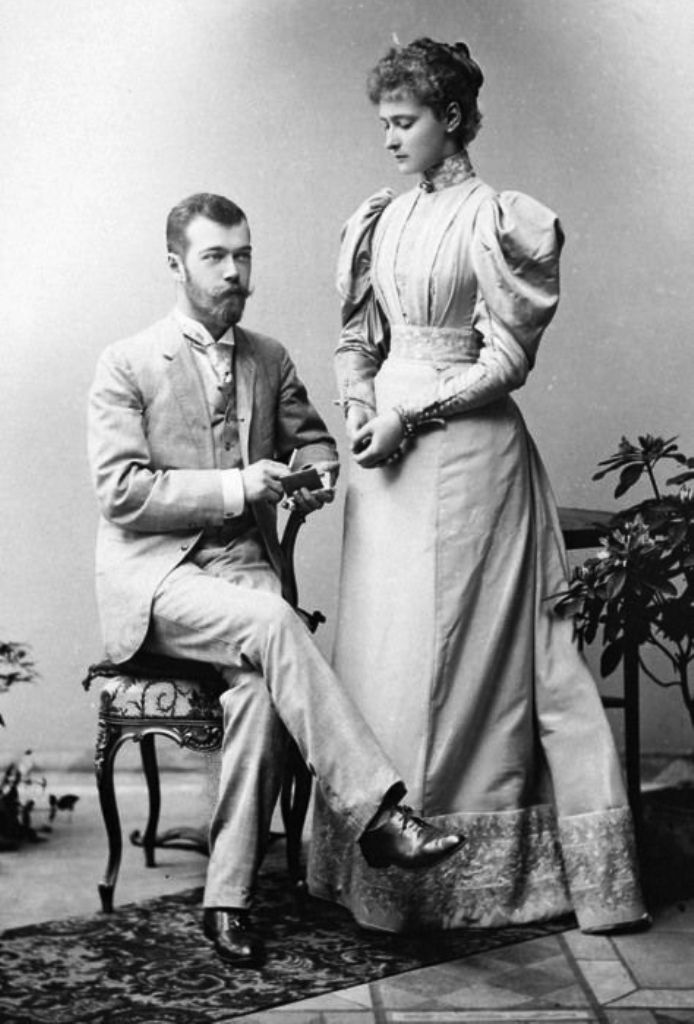










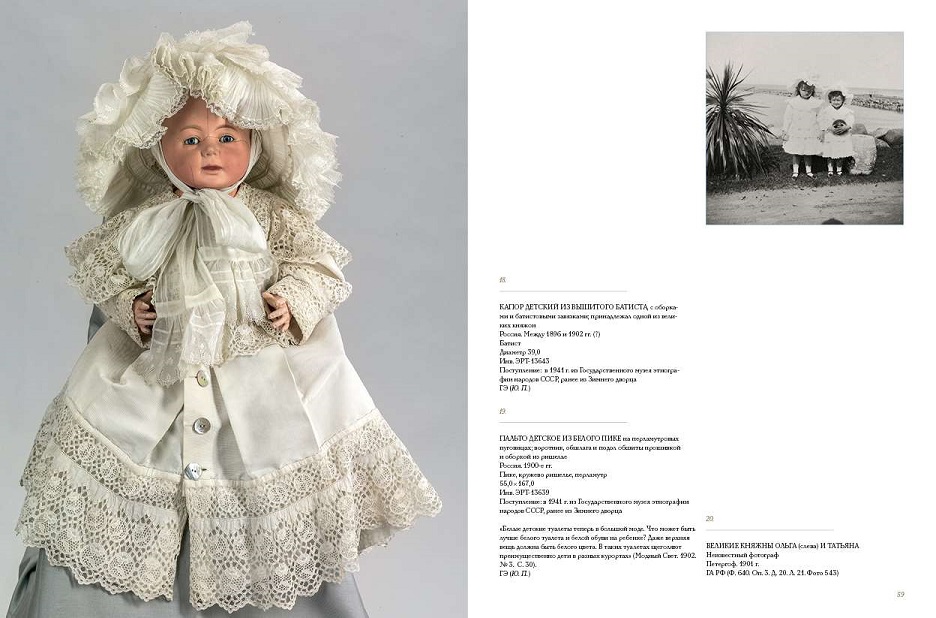
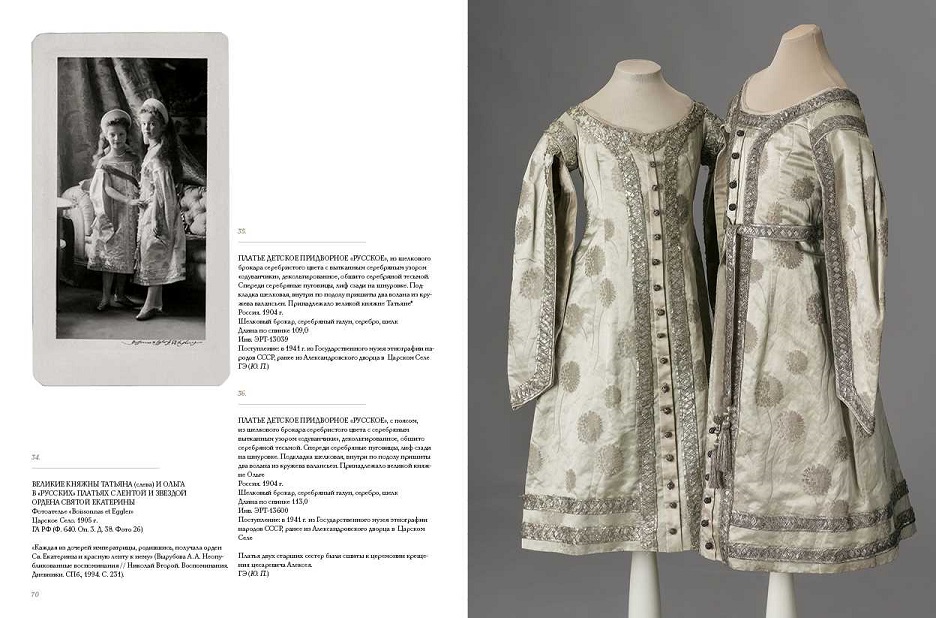



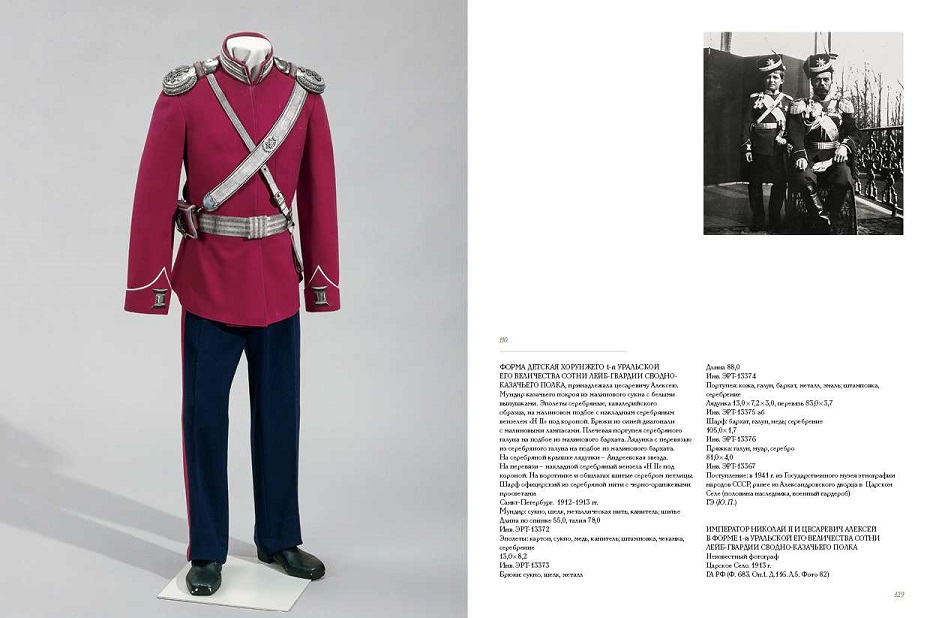







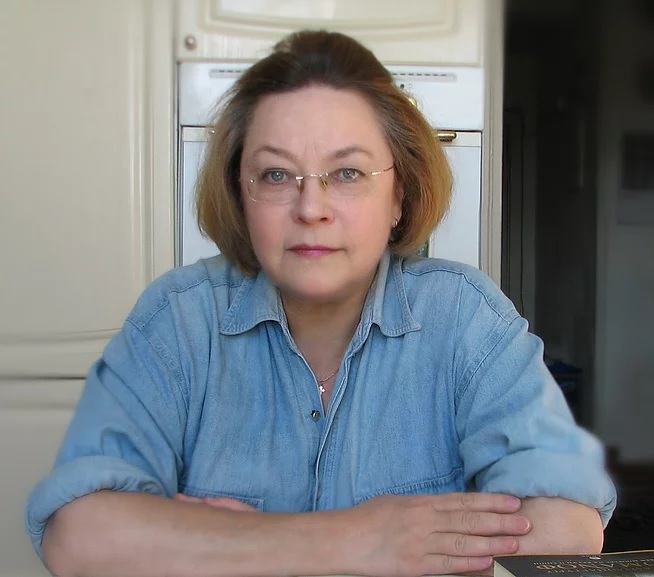












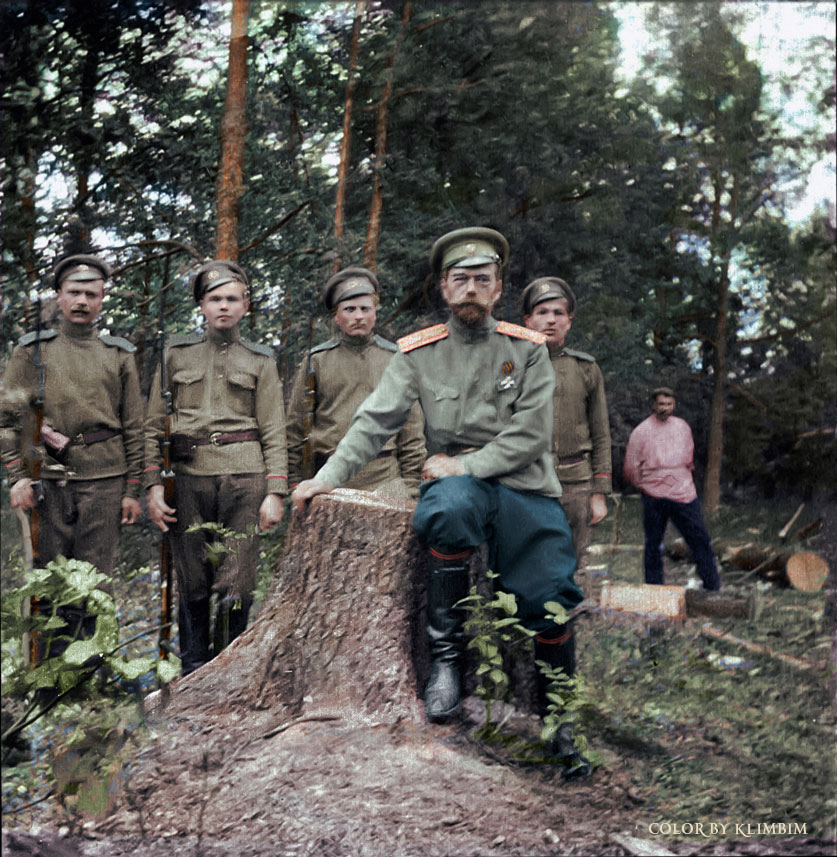

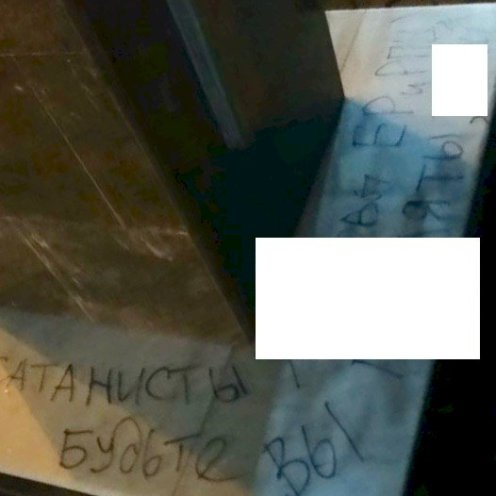


You must be logged in to post a comment.